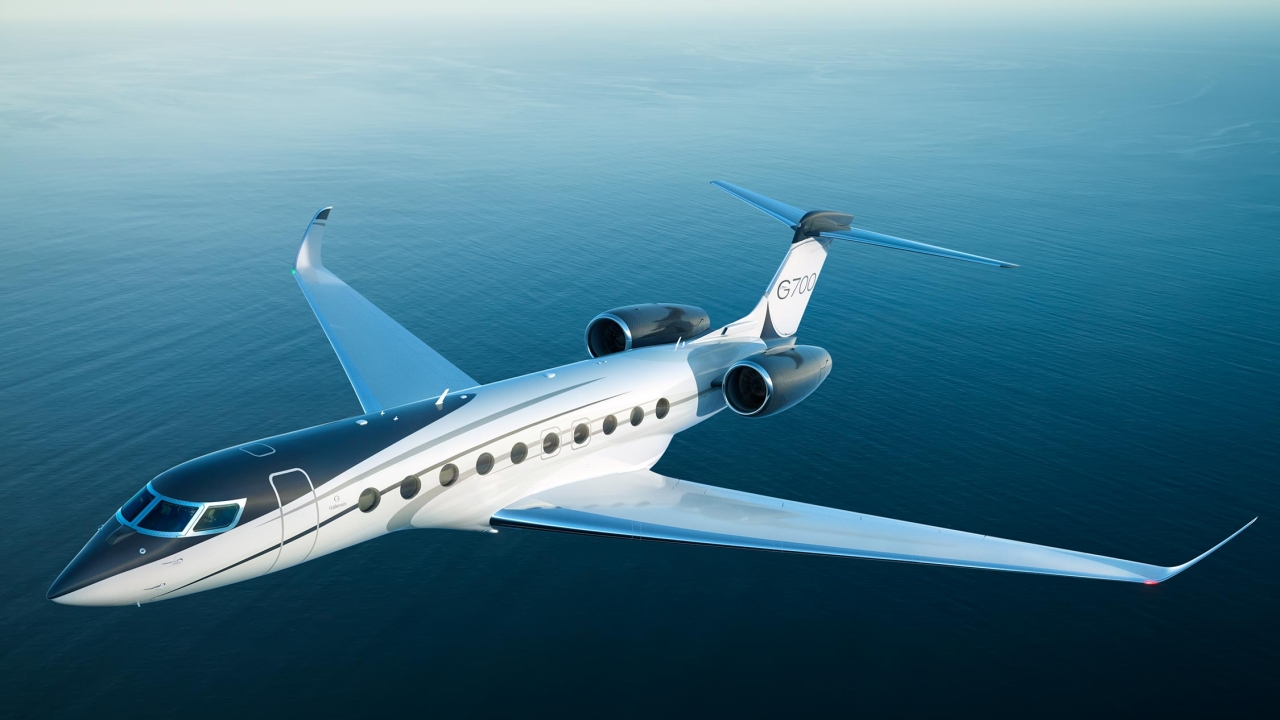NBAA: Twin Otters a prospect for air-tourism growth

At NBAA in Las Vegas today, Ikhana will hand over over a DHC-6-300 Vistaliner Twin
Otter aircraft modified with Re-Life Fuselage, Re-Life Wing Boxes and Re-Life Flight Controls Supplemental Type Certificates (STC) to Grand Canyon Airlines of Boulder City.
“Our RWMI DHC-6 Re-Life fuselage STC returns full capital value back to a Twin Otter that would otherwise be salvage value,” said Ikhana’s CEO, John Zublin.
“This is exactly what the product was intended to do: provide a path to turning an aging fleet back into an essentially new aircraft.”
The aircraft is being used for flights into the Grand Canyon, one of the US’s main tourist attractions.
The original DHC-6-100, -200, and -300 Series Twin Otters, produced from 1965 to 1988, have a fuselage fatigue life limit of 66,000 hours/132,000 cycles. The RWMI DHC-6 Re-Life Fuselage STC, allowing new 66,000 hours/132,000 cycles of fatigue life, was awarded by the FAA in November of 2011 and is applicable to all of the DHC-6 legacy series Twin Otter airplanes.
Stay up to date
Subscribe to the free Times Aerospace newsletter and receive the latest content every week. We'll never share your email address.

